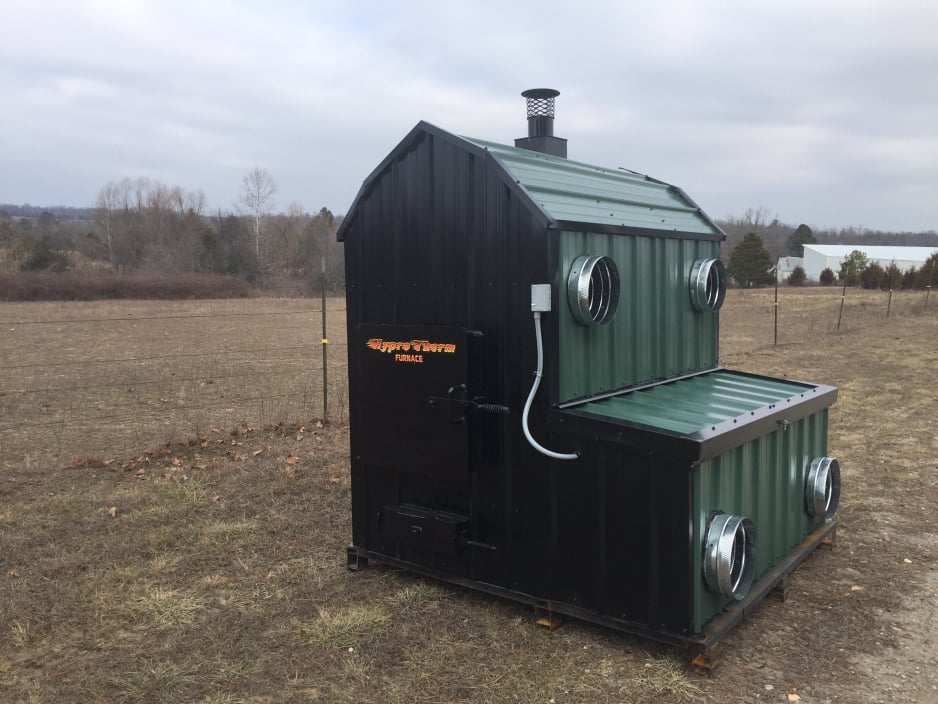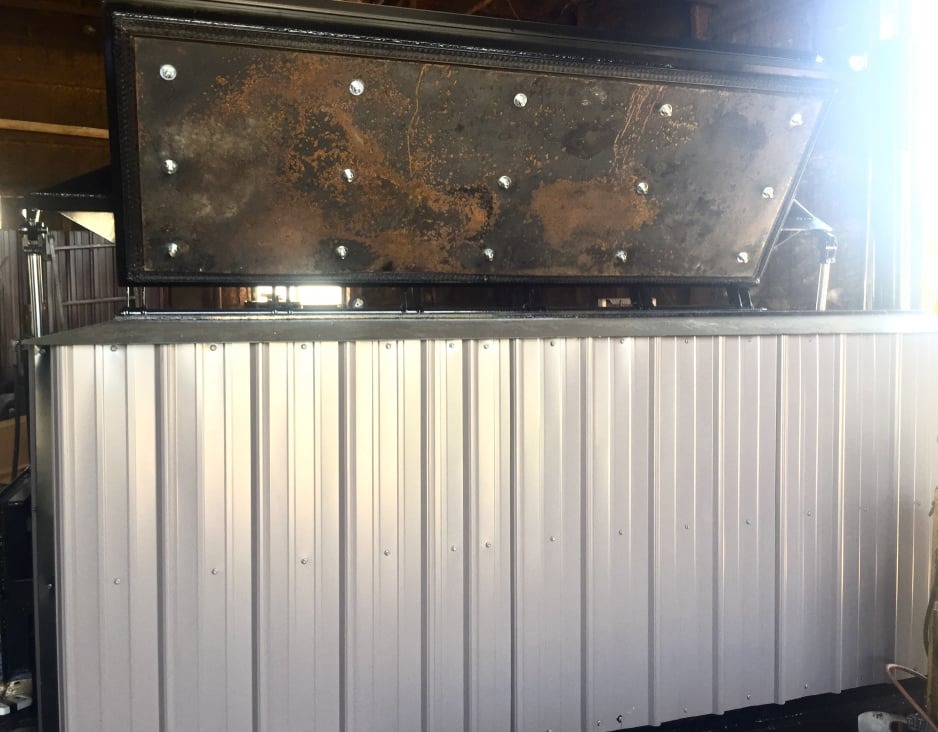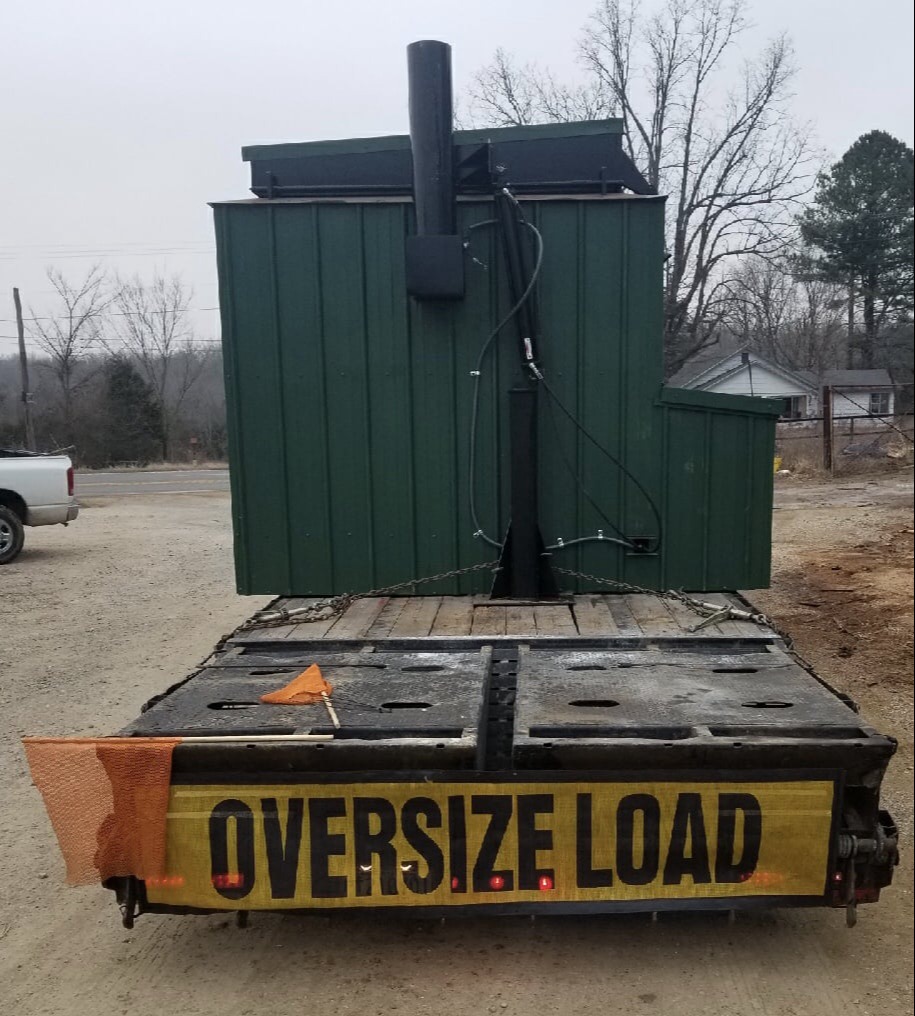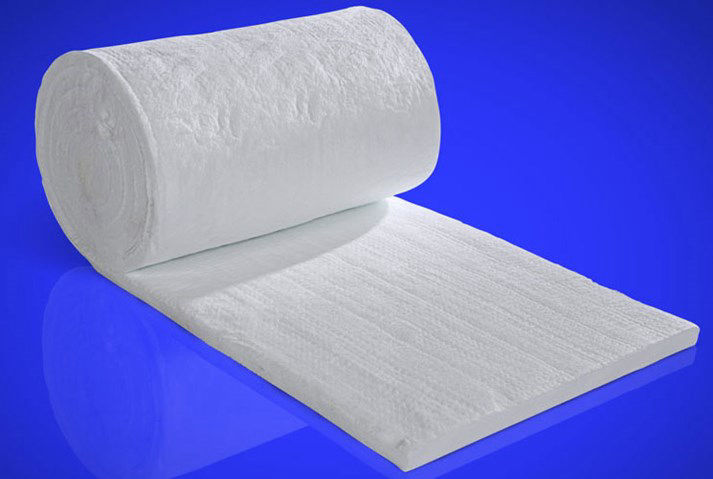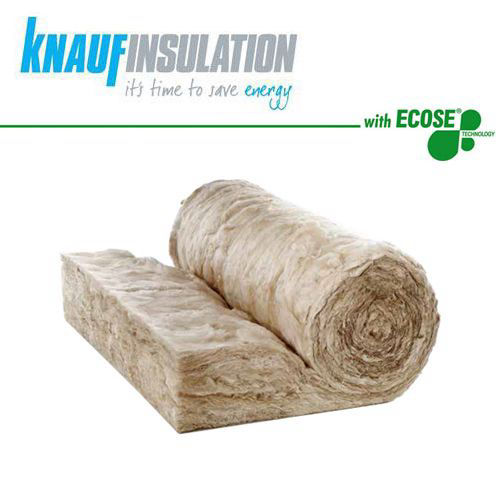Top Loading Forced Air Furnace
KILN HEATER
This is our extremely popular forced air, hot air furnace that you can load easily with heavy equipment. A lot of people are buying them to heat a kiln and most of them are burning firewood and use the same firewood (cracked and twisted pieces) to dry their firewood so that they can get more money for the dried firewood, without a lot of extra expense.
We normally heat kilns easily to a 160 F temperature, which is required by most state laws to kill any bugs in the wood. We have kilns being heated up to over 200 F for faster drying which happens very quickly with 4000 CFM of heat blowing into the kiln.
For all kiln drying schedules, a heater should be used to sterilize the lumber and kill any insects that may be present. For a kiln temperature of 140˚ F, sterilization takes three to five hours. With a 130˚ F kiln temperature, sterilization will take 10 to 12 hours (Dry Kiln Operators Manual, 1991).
We have special blowers that will withstand 250 F which is the heat returning to the furnace from the kiln, for those that INSIST on returning the air, to be reheated. We also have special air cooled external motors because they cannot have temperatures over 104 F. These are extra cost options. Another issue is the moisture from the wood would be returning into the kiln and possibly rusting the air jacket
For these reasons, I always recommend that people use exhaust fans in the ceiling to extract the moisture laden air. They would use the return air from another source (a nearby building?) thereby avoiding the potentially damaging moisture problem.
Seems like a win-win to me!
Heating a Building or KILN
Top Loader Forced Air Models have two large, 3-speed 2010 CFM blowers to blow an abundance of air into a building, whether it be for heat or use as a kiln. Long buildings benefit from this design because they can be put in the center of the building (lengthwise) and run two ducts into the building, with one going to the left and one going to the right; taking the hot air to each end of the building.
The two return ducts are put closest to the furnace; pulling air from each end for extremely optimal circulation without cold spots. This is what the Army Corp of Engineers did in one of their warehouses.
This model; a TLFA-644-6/6 (6L'x4W’x4H' firebox) and 96 CF is currently $33,097 in the Forced Air version ($2500 more than the boiler with the 6/6 water jacket)

